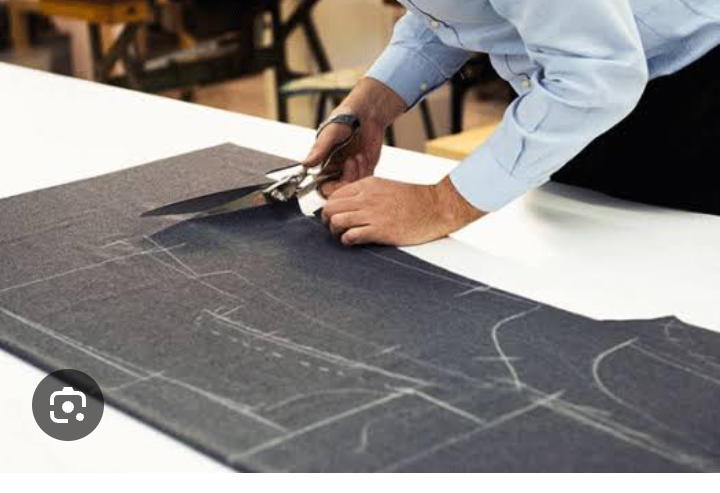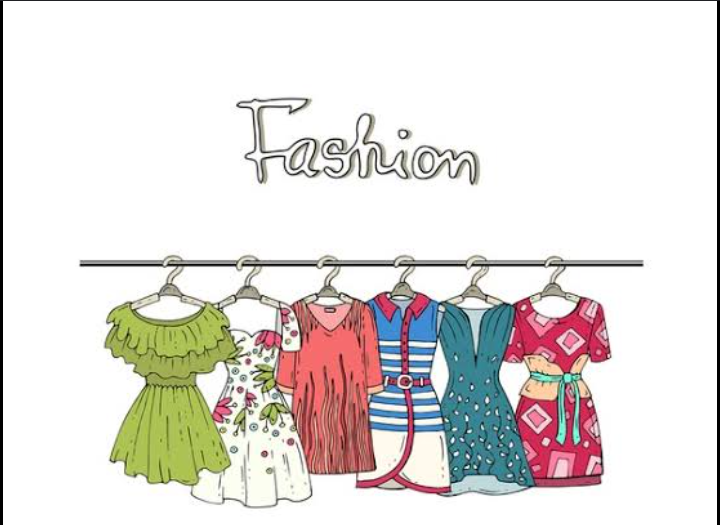
Pattern Construction Unit Summary
1. Introduction to Pattern Construction: Pattern construction involves translating a garment design into a two-dimensional template (pattern) that can be used to cut fabric and assemble a final garment. It’s a critical step in the fashion and apparel design process.
---
2. Tools and Equipment:
Pattern paper
Measuring tools (tape measure, ruler, French curve)
Notchers and tracing wheels
Scissors (paper and fabric)
Markers or pencils
Dress forms
---
3. Key Terminology:
Block/Sloper: A basic pattern with no design features, used as a starting point.
Grainline: Indicates fabric direction for cutting.
Seam allowance: Extra fabric outside the seam line.
Dart: A fold sewn into fabric to provide shape.
---
4. Methods of Pattern Construction:
Flat Pattern Drafting: Creating patterns using measurements and basic blocks.
Draping: Manipulating fabric on a dress form to form shapes, then translating it into a paper pattern.
Pattern Adaptation: Modifying a basic block to develop new styles or silhouettes.
---
5. Body Measurements and Sizing:
Accurate measurement is crucial for a well-fitting garment.
Key measurements include bust, waist, hip, shoulder width, and garment length.
Understanding standard size charts vs. custom fitting.
---
6. Basic Pattern Drafting Steps:
Create or trace a block pattern.
Add style lines and design features (e.g., neckline changes, pleats).
Add seam allowances, notches, grainlines, and labels.
Test fit with a toile (mock-up) and make necessary adjustments.
---
7. Pattern Components:
Front and back bodice
Sleeves
Collars
Waistbands
Facings and linings
---
8. Garment Types Covered:
Skirts (A-line, pencil, circle)
Bodices and blouses
Trousers
Dresses and jackets
---
9. Pattern Making Software (optional topic):
Introduction to digital tools like CAD, Gerber, or CLO 3D for modern pattern design.
---
10. Assessment and Practical Skills:
Drafting and adapting patterns for different garments.
Constructing and adjusting toiles.
Final project: Design and construct a finished garment from drafted patterns.
- Teacher: Esther Situmulo

